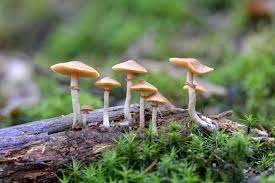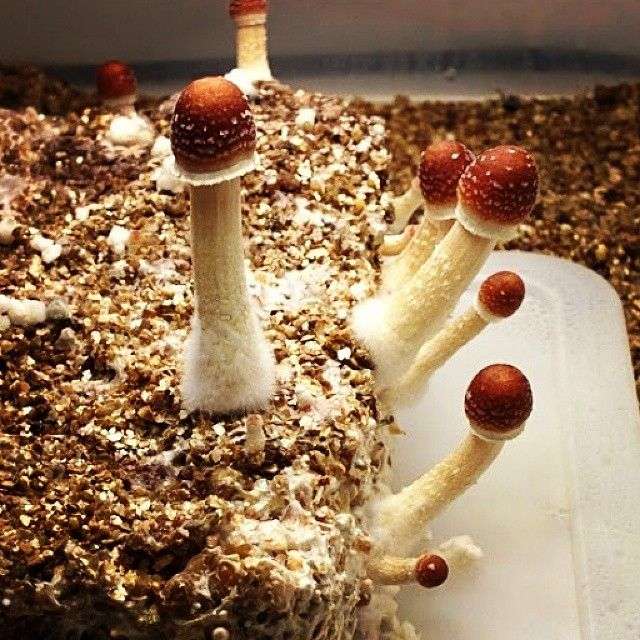
How To Identify Magic Mushrooms

Hunting for Magic Mushrooms
Right now, there are over 30 million Americans who have tried psychedelic drugs. Among these, magic mushrooms are among the most popular choices because psilocybin is considered a non-toxic substance and one of the least harmful recreational drugs.
If you are interested or are out hunting Psilocybin mushrooms, here are some simple tips on identifying magic mushrooms in the wild.
Before anything, we highly recommend bringing someone knowledgeable about fungi if you are out hunting for shrooms. Mistaken identification of fungi could be hazardous as many are poisonous.
Here is some basic information about shrooms and a few simple tips on identifying magic mushrooms in the wild.
Identifying Magic Mushroom Strains
There are many different strains of shrooms, and about 200 species are psychedelic.
One of the most common types of magic mushrooms which people will find is the Liberty Caps. These are in Canada, North America, and even the United Kingdom. These are Psilocybe Cubensis, the most common species.
They are also considered one of the most potent strains, so please exercise caution, as the mushroom size generally does not determine how potent a Psilocybin mushroom can be. Also, both the cap and stem of most shrooms contain psilocybin.
When foraging for Psilocybin mushrooms, it is essential to know what kind of mushrooms you have found.
This is essential as many different types of fungi look very similar to each other. A mistaken identification can lead to a disaster, as many mushrooms are poisonous.
Remember that psychedelic mushrooms are illegal, and there are consequences associated with their use, so we should learn the strategies to reduce any harm.
We can identify mushrooms through a variety of traits. Here’s a list of things to note that will help you determine what you have.
Mushroom Traits to Note
- Mushroom cap
- Color(s)
- Texture/ markings
- Density/Consistency
- Smell
- Size and shape of the cap
- Width
- Depth
- Shape
- Campanulate
- Conical
- Convex
- Depressed
- Flat
- Infundibuliform
- Ovate
- Umbonate
- Gills, pores or spikes
- Color(s)
- Spacing
- Thickness/Consistency
- Gill Attachment
- Adnate
- Adnexed
- Decurrent
- Free
- Sinuate
- Emarginate
- Any other traits you may notice
- Stem
- Size and shape
- Colour
- Texture/consistency/markings
- Hollow/solid
- Base
- Colour
- Thickness compared to the rest of the stem
- Sack or volva, if any
- Roots
- Ring or veil on the stem, if any
- Size
- Shape
- Texture/markings/grooves
- Does the stem have different consistency above/below the ring
- Additional things to note of
- Hollow or solid
- Clustered or joined with other mushrooms at the base
- Where it’s grown
- Location
- Living or dead wood nearby
- What it’s grown on
- soil, grass, dung, wood chippings, compost, sawdust, tree (living/dead/tree stump), fallen branches/twigs, etc.
- Climate/season
Get Help Identifying Magic Mushrooms
If you are unsure of your appraisal, do not touch them! Please exercise caution as your safety is most important.
There are many communities online that can help you identify mushrooms. Take a picture of the mushrooms and note down as many traits as possible.
The shroom communities online are pretty friendly, and there are quite a lot of people active. Most of the time, you can probably get what you found identified within a day.
If you want more information on this topic, we have created a section dedicated to helping people identify Psilocybin mushrooms in our educational resources. You can find the complete article through the link below.
Also Read:
Where to find Magic Mushrooms
Finding magic mushrooms could be tricky if you don’t know where to look.
It is recommended to research common Psilocybin strains found in your area. Knowing its general habitat will help increase your chances of finding them in the wild.
If all fails, or you are not confident in your appraisal–TFG will always be there for you!

